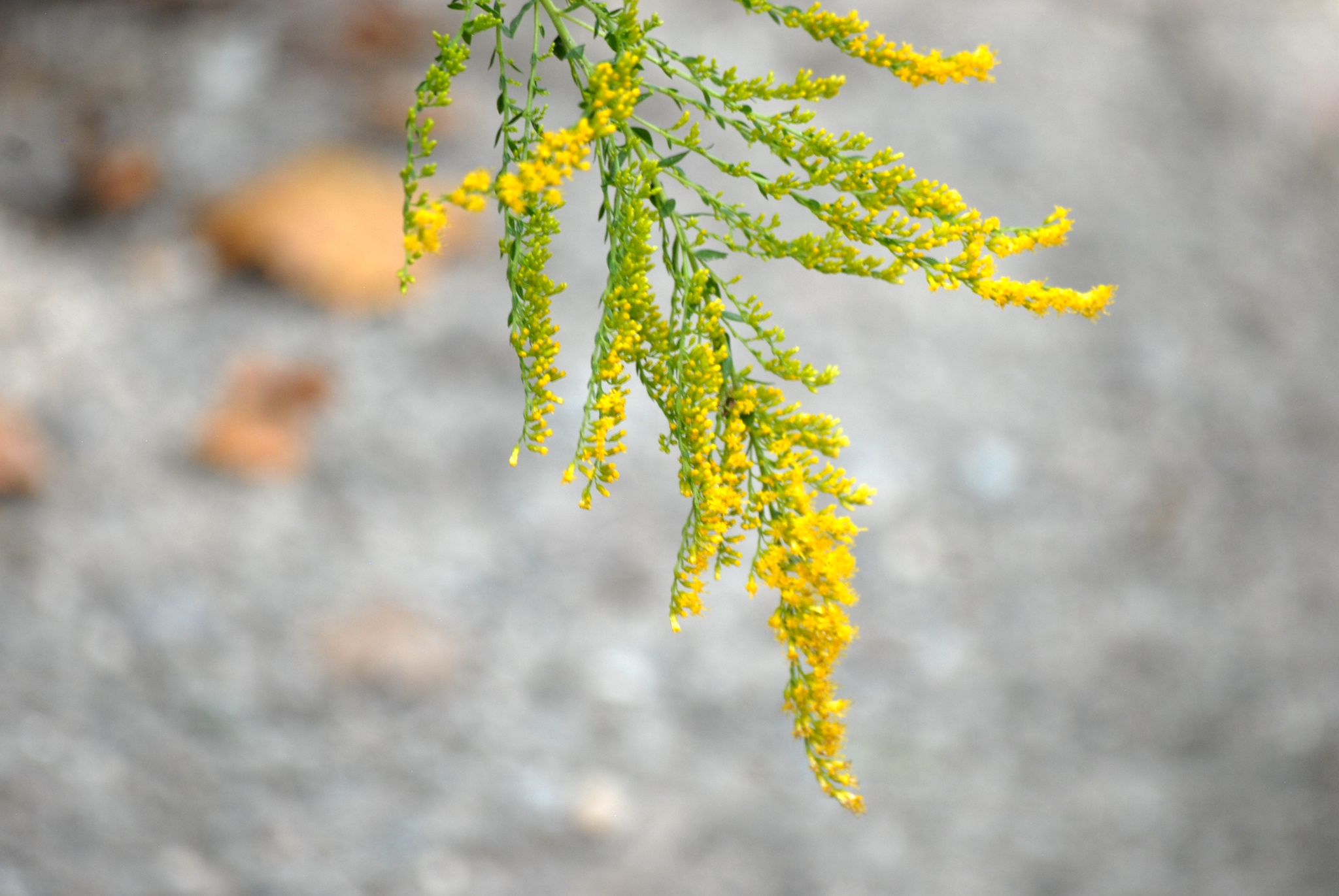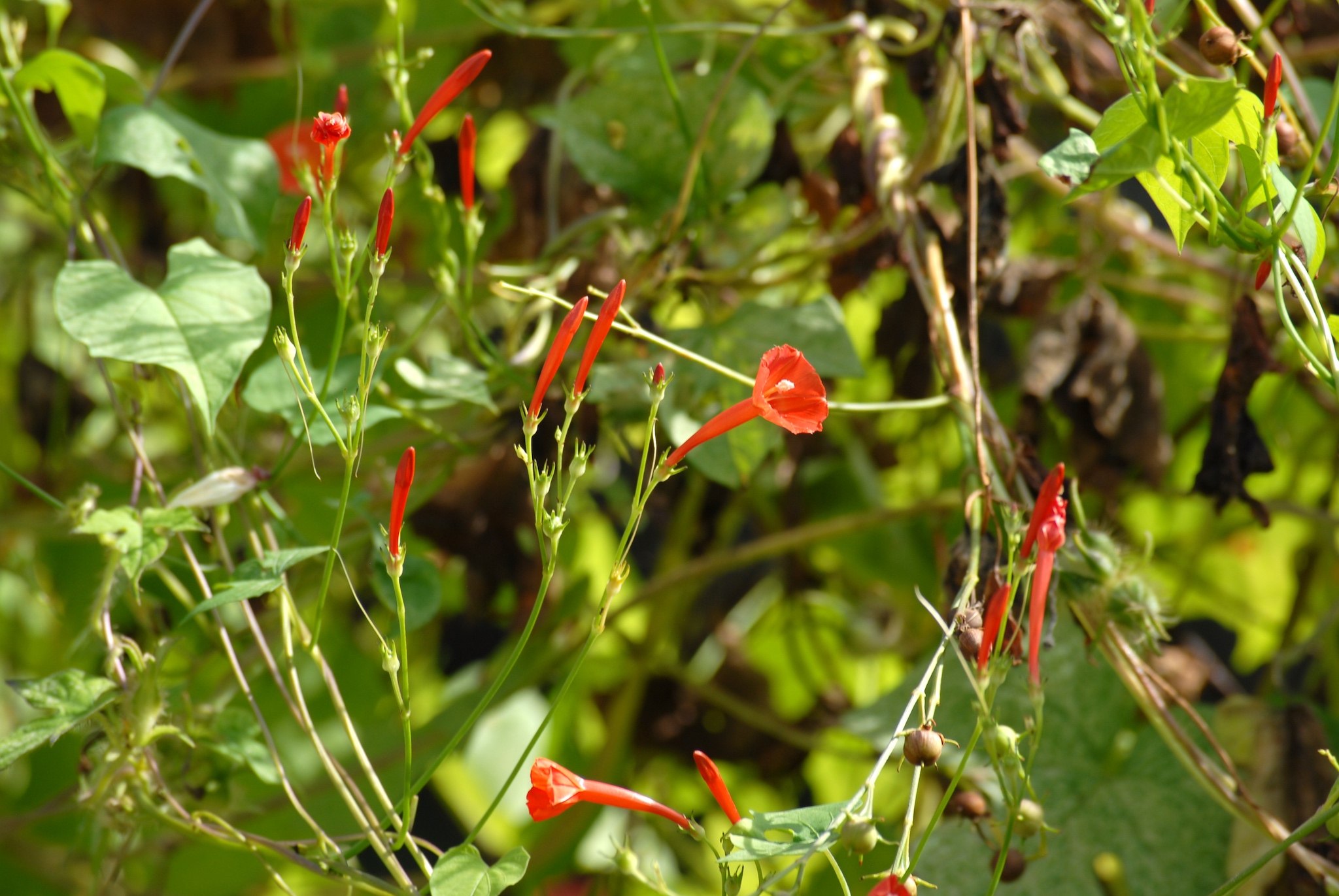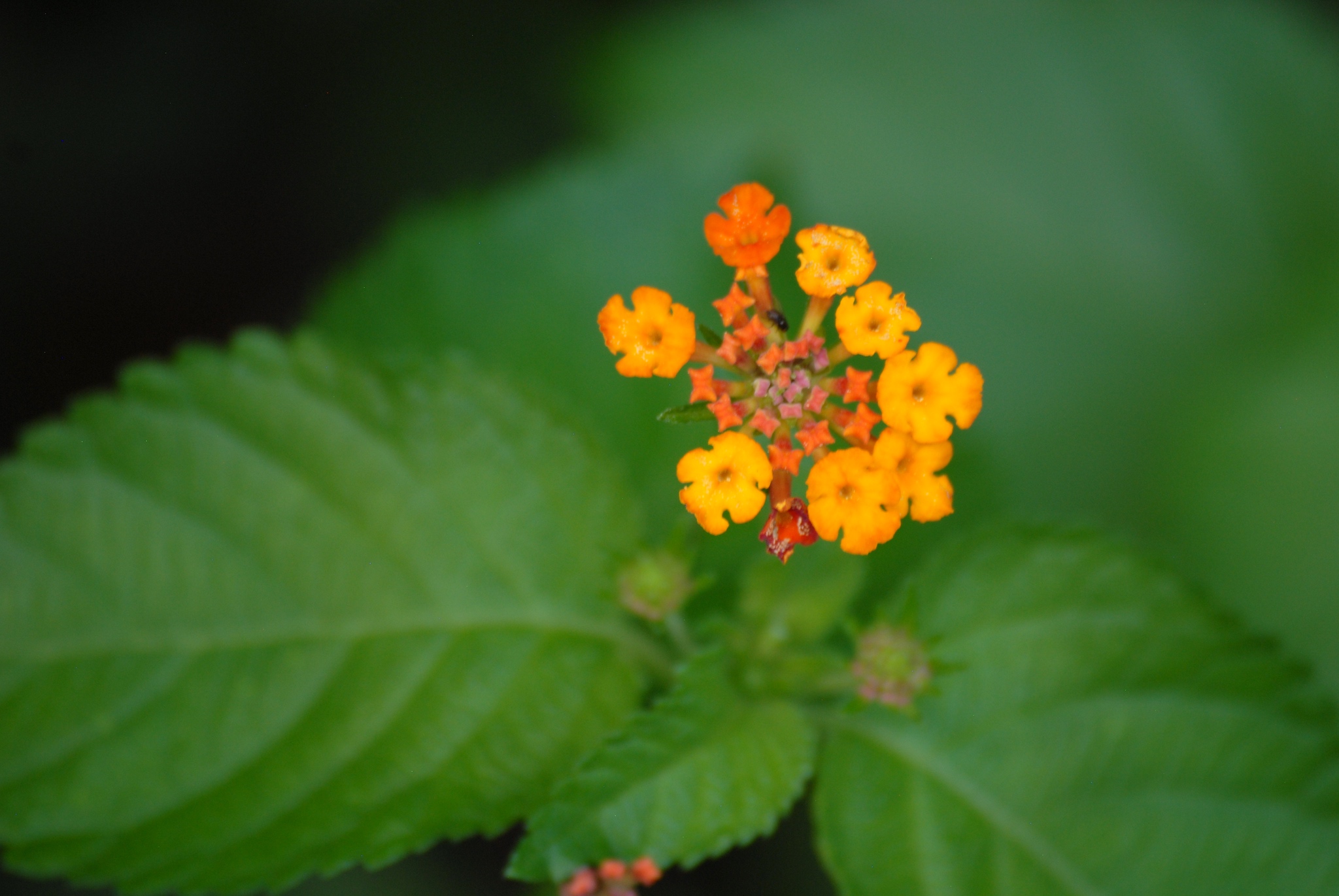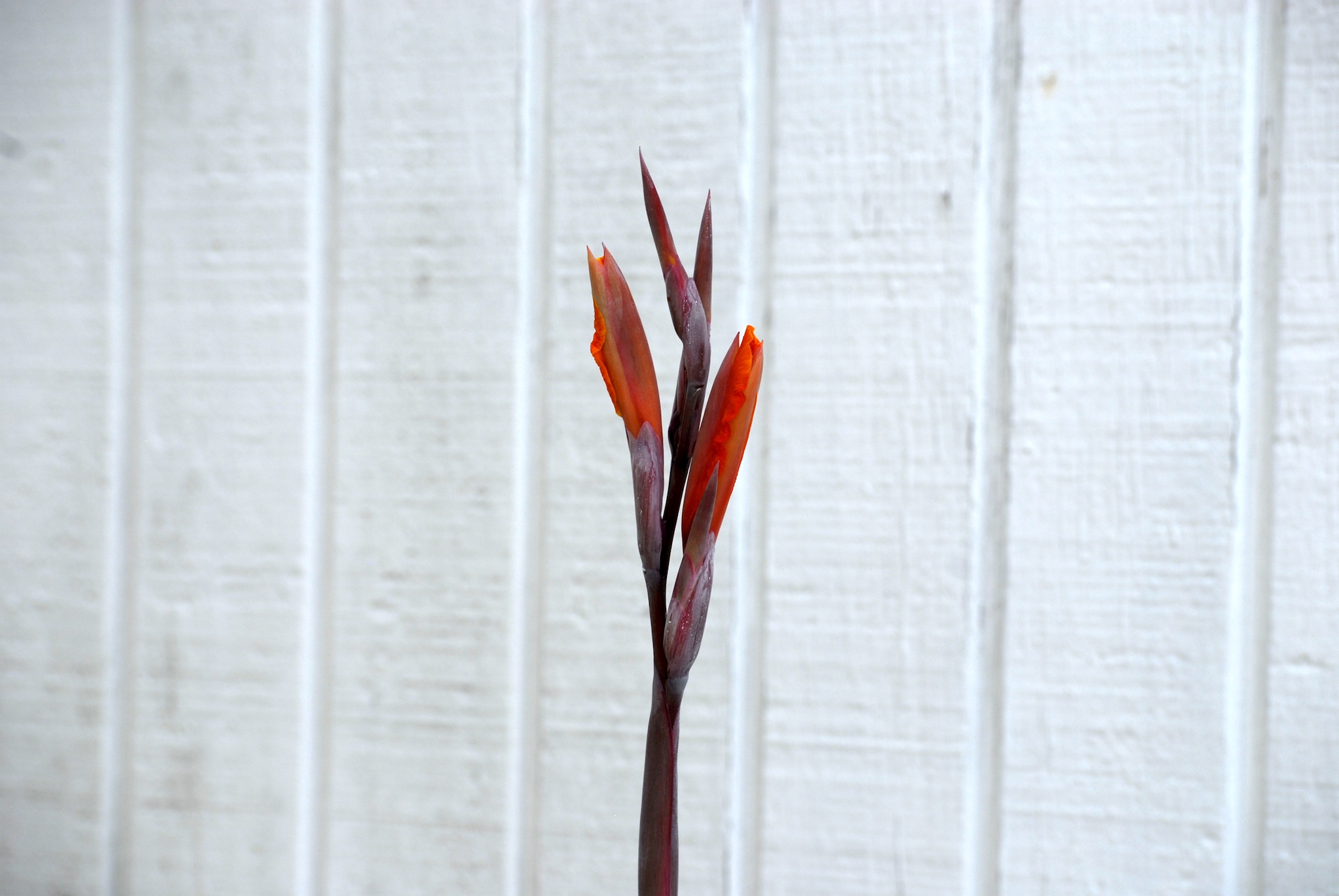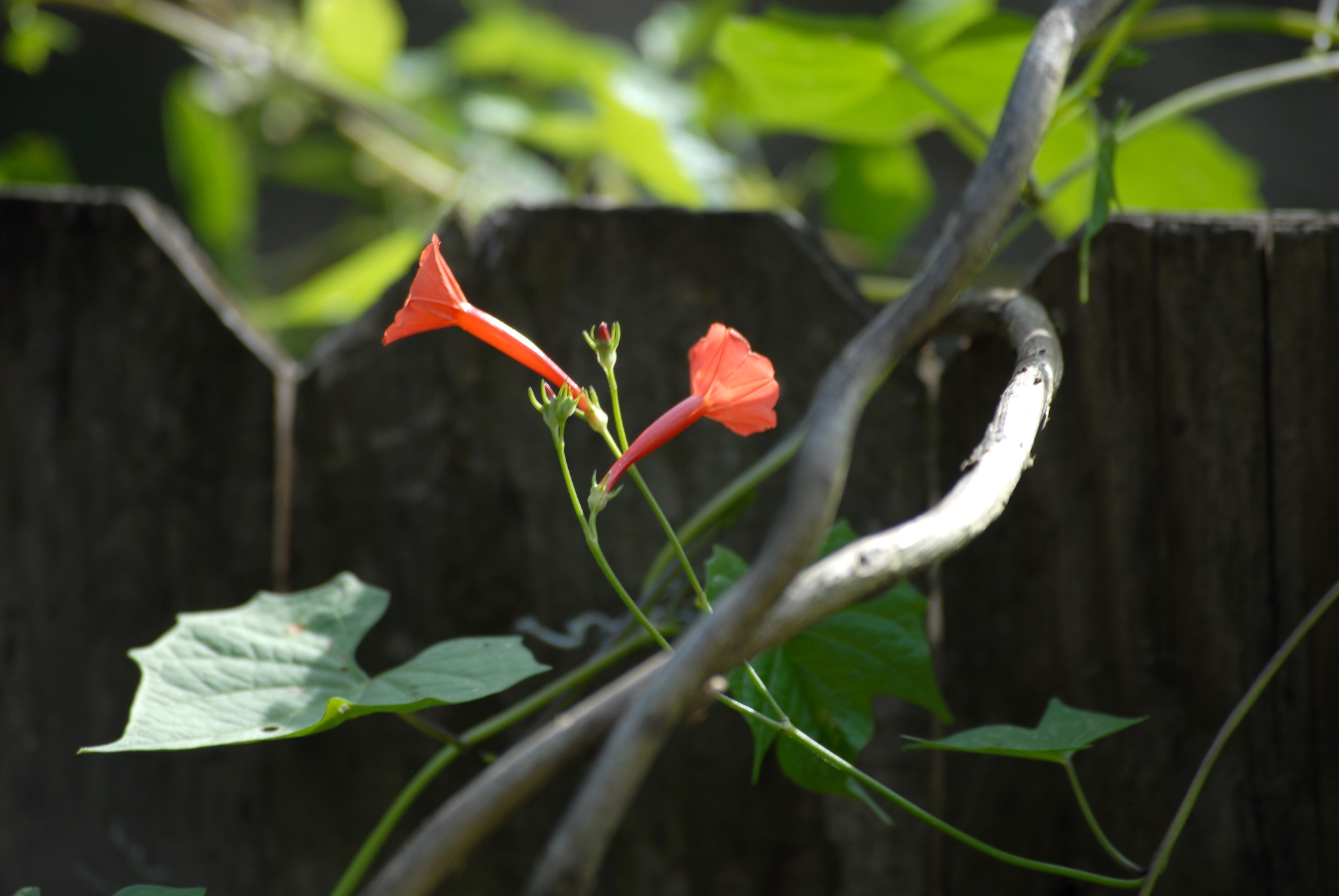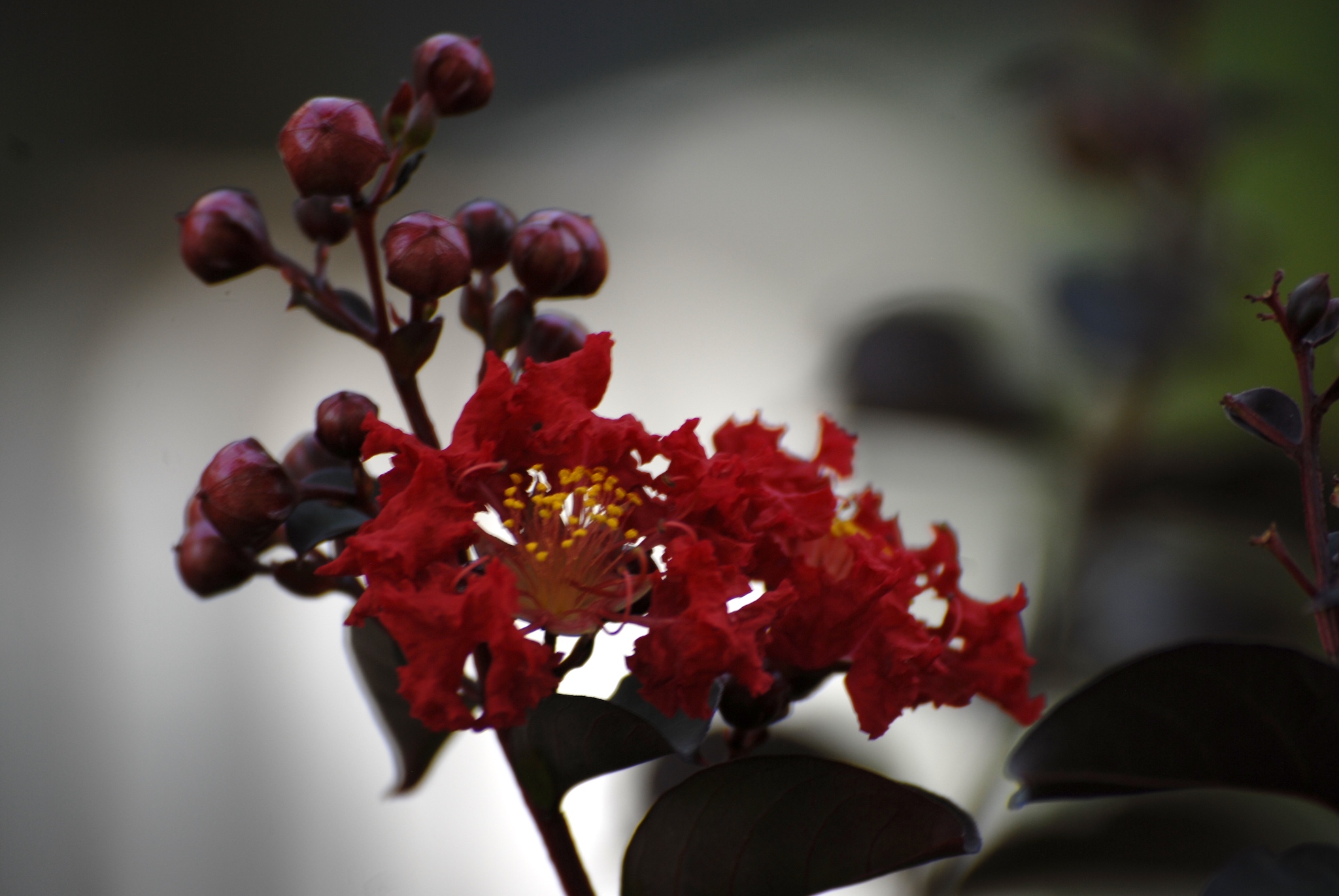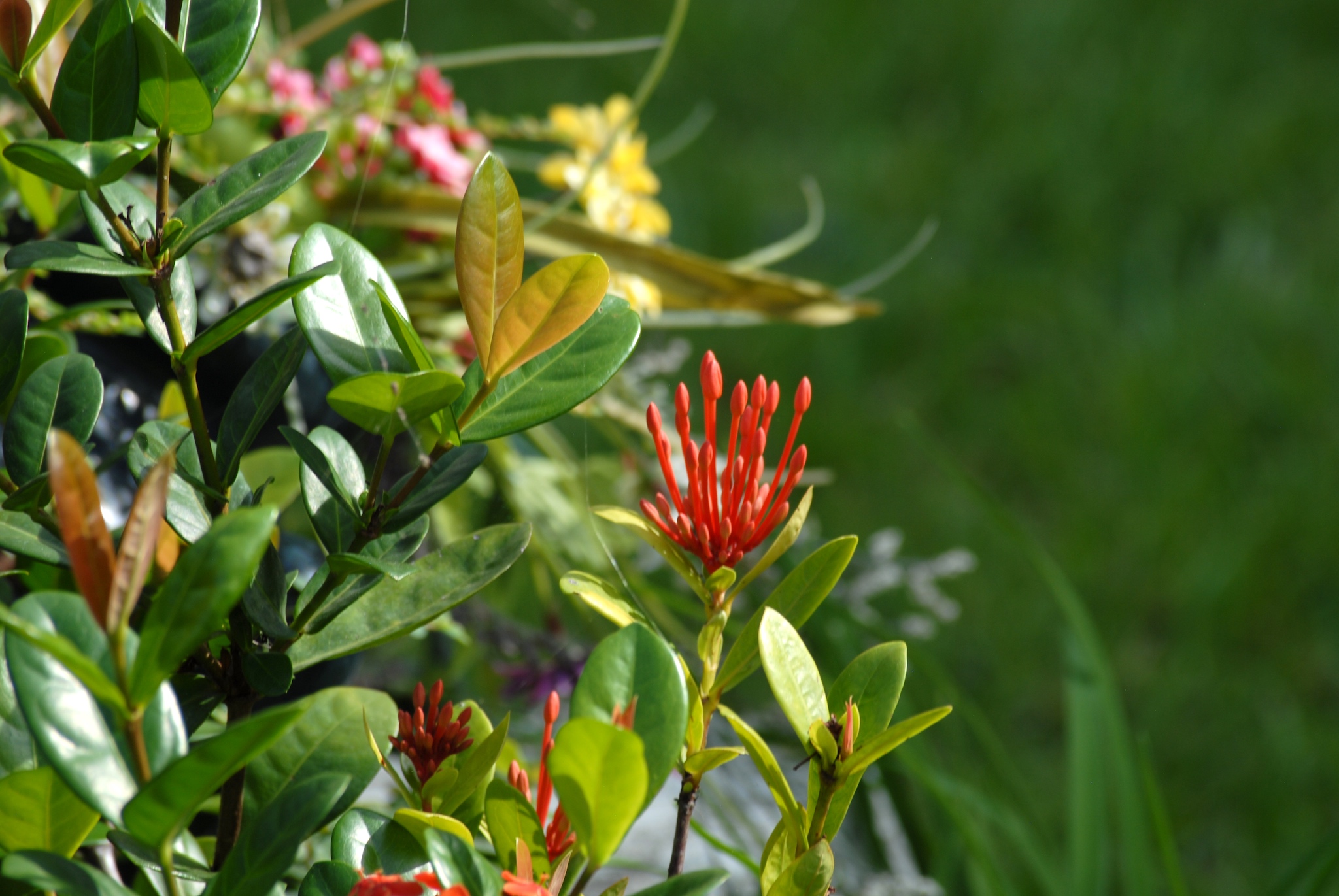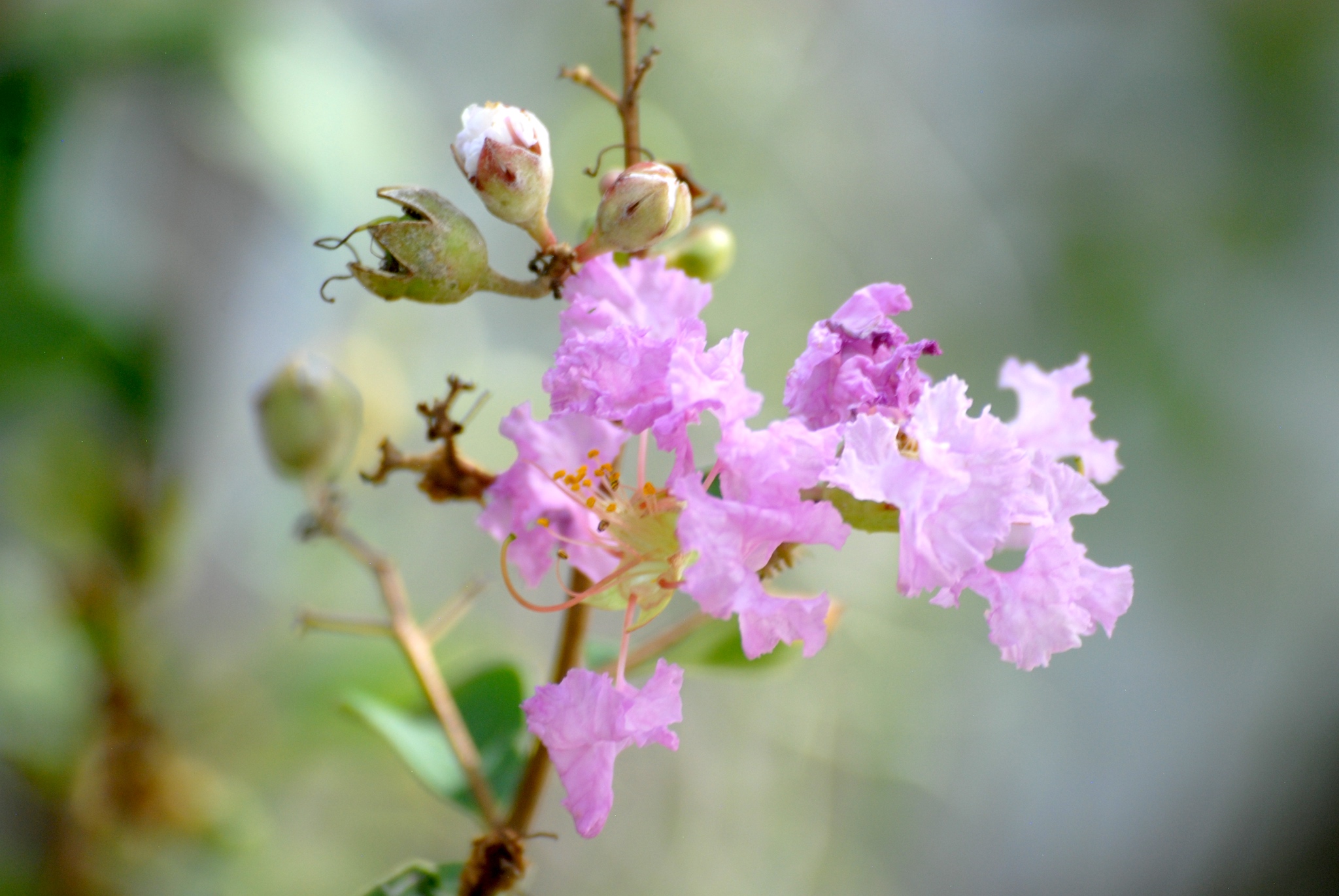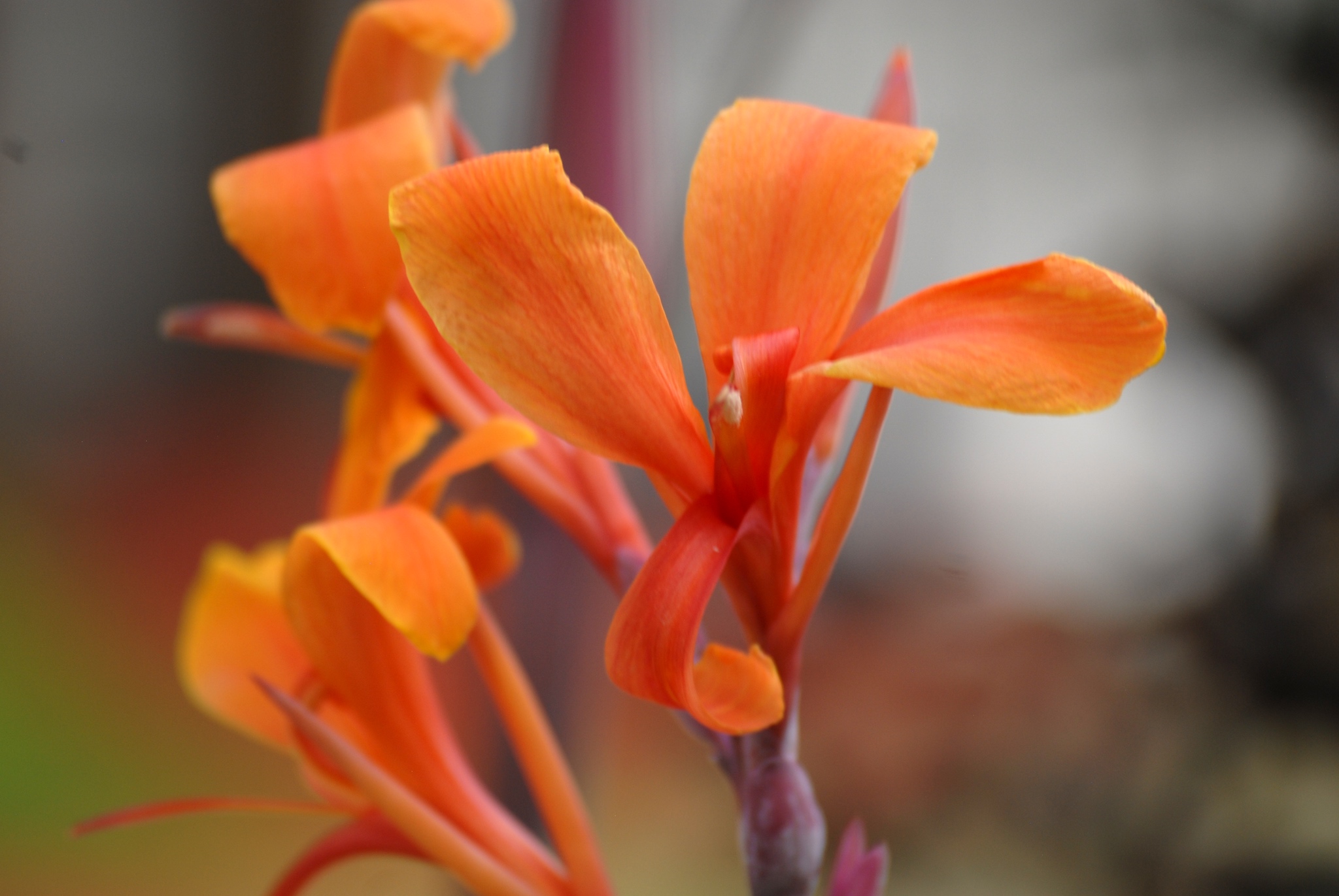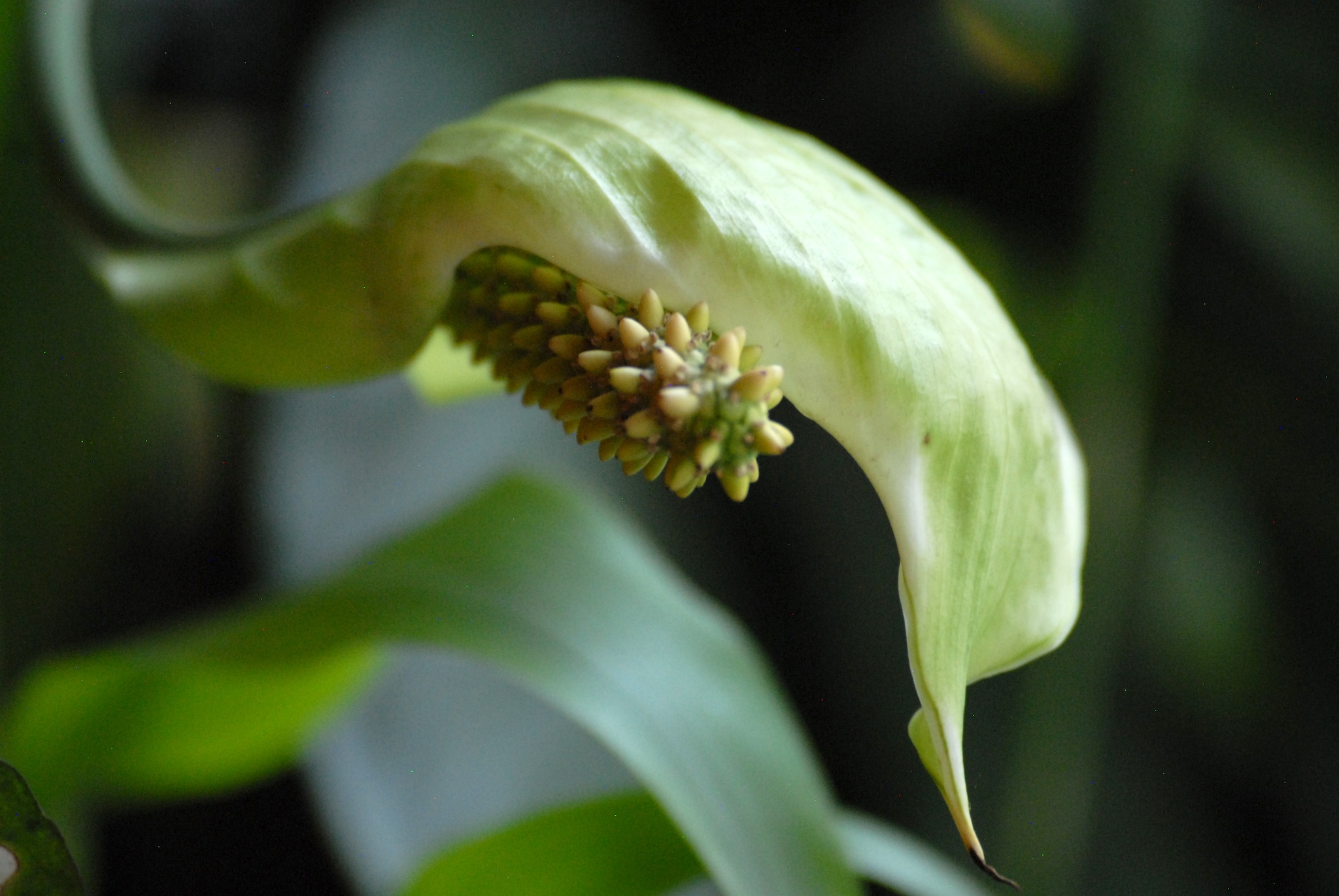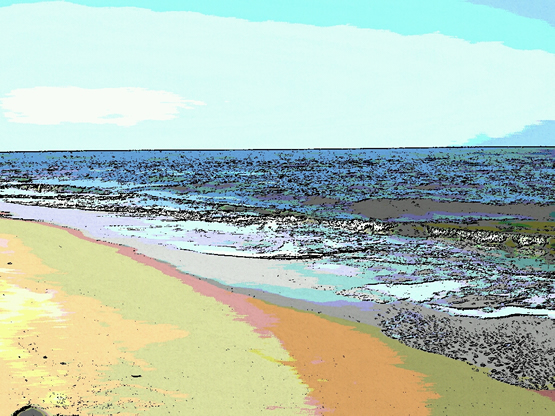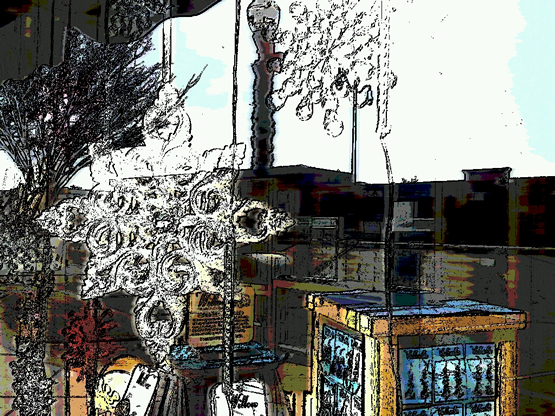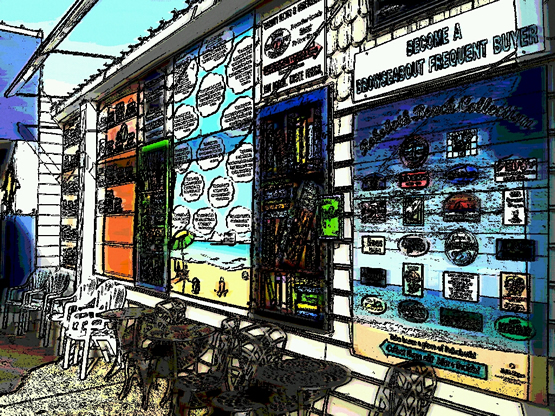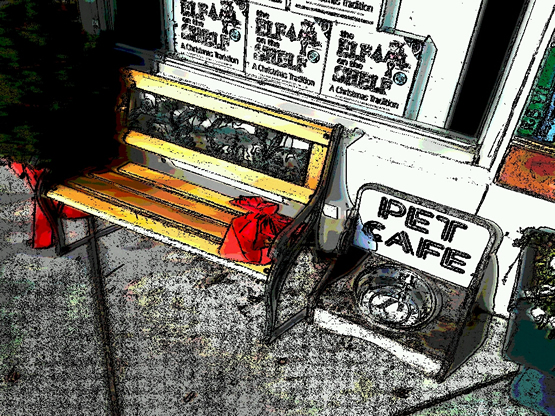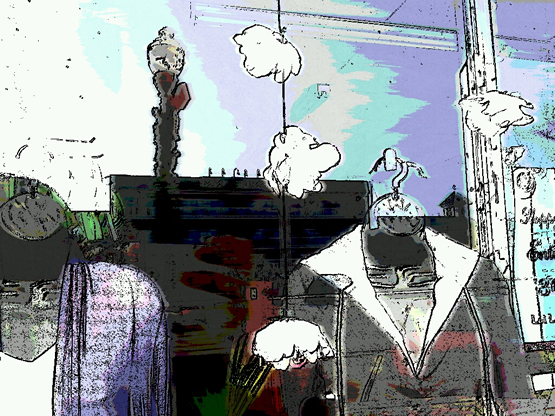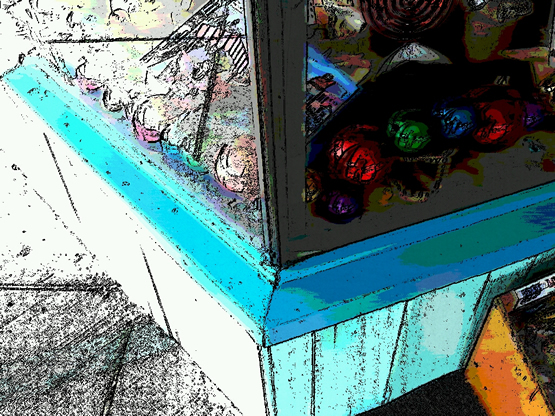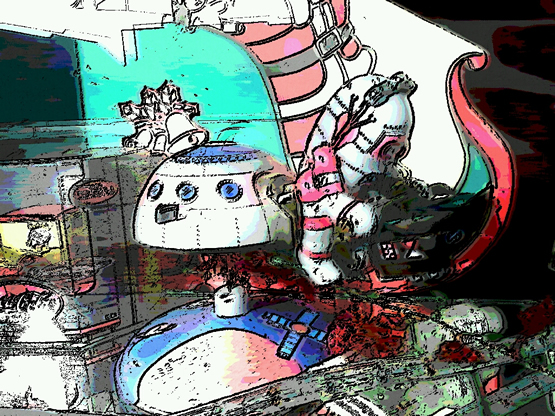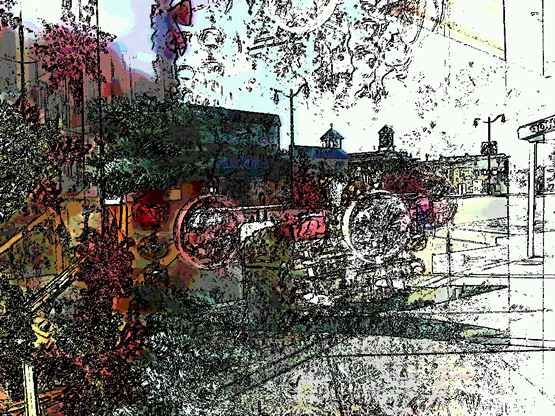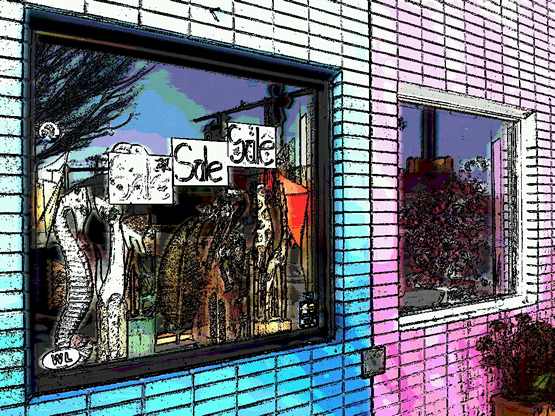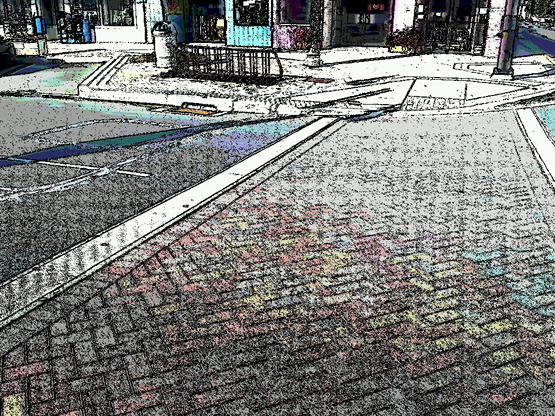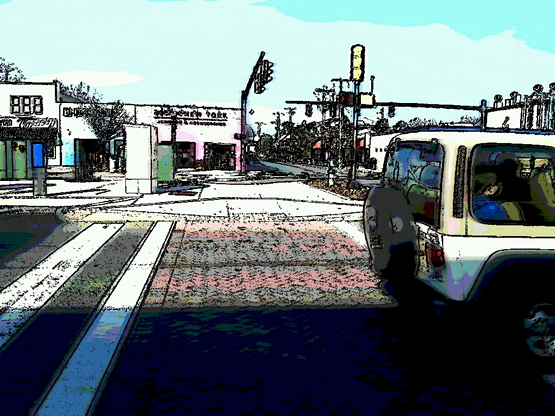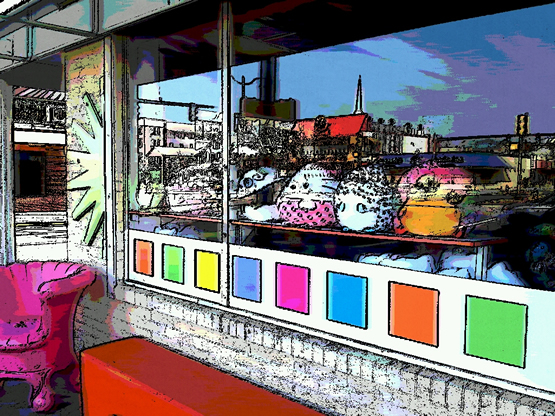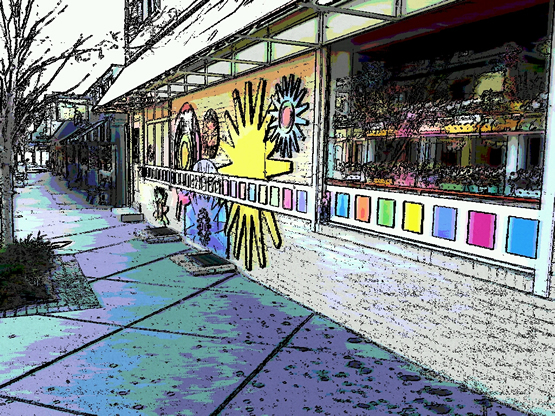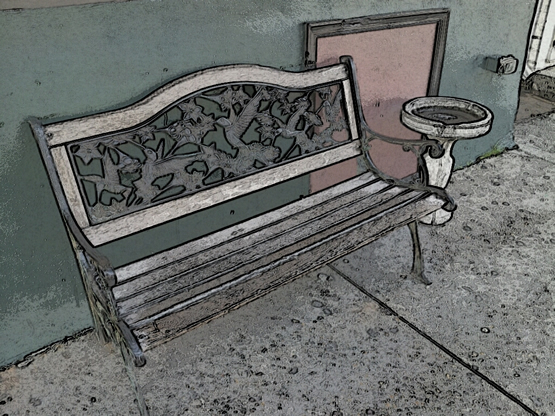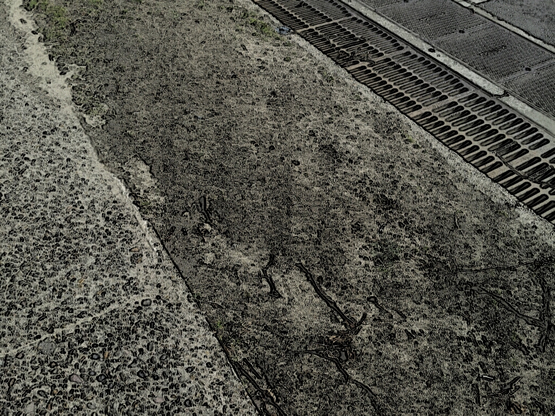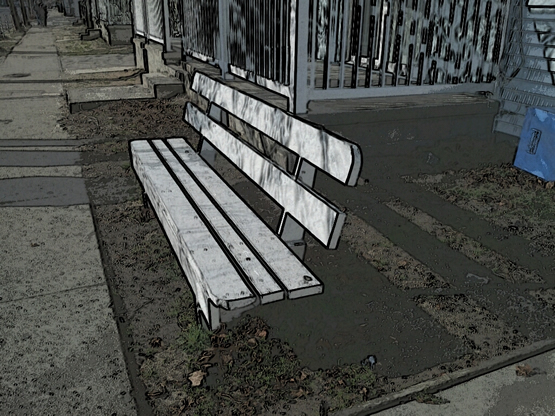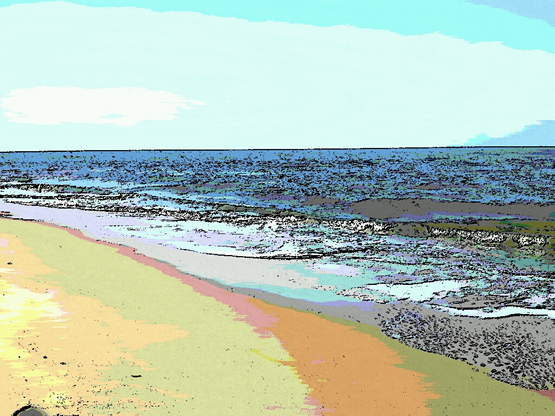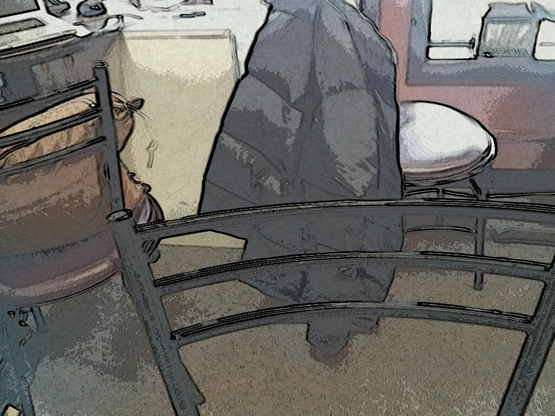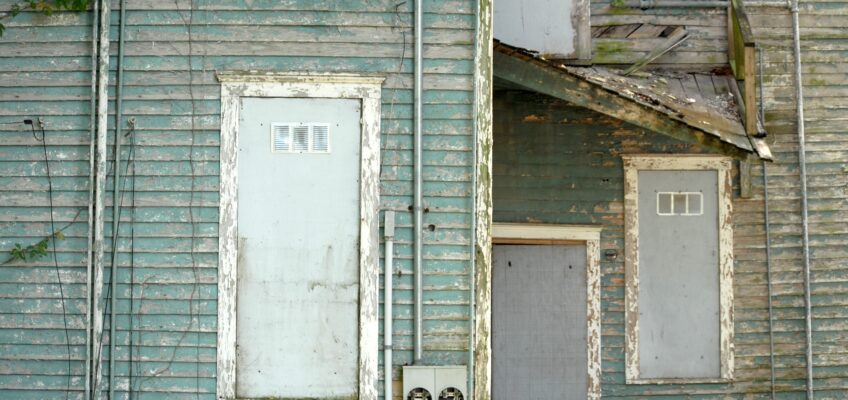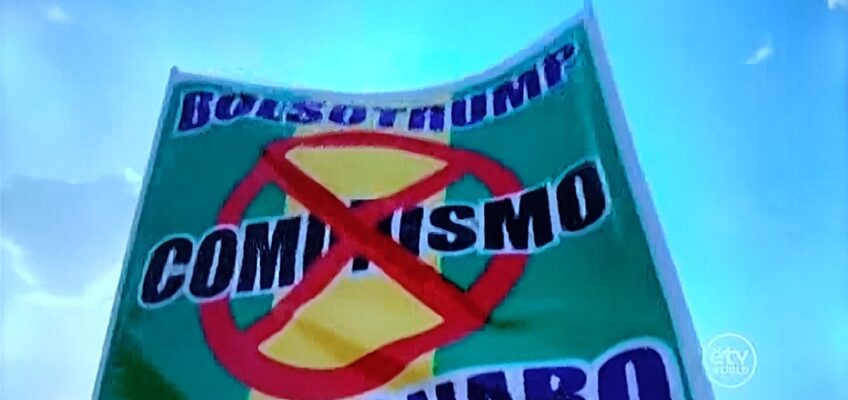The most sobering reality we can reach is the place where we acknowledge that a lot, perhaps most, of the suffering we have in this life we bring on ourselves. I’m not saying everything is our fault. But if you think back, you will recall a terrible time you experienced, and you must admit that it was a consequence of your choice. Owning the ugly when truly ours, frees us from self-delusion and displaced blame. Truth does this. Truth sets us free. We need it, especially today against strong delusion.
My local TV lineup without cable nets me roughly 30-60 channels. That includes some local Atlanta transponders. They’re religious channels. Tonight, I watched the Gaithers sing in London, and enjoyed it. Afterwards, Joni Eareckson Tada came on with maybe a 5-minute message. Tada, survivor of a crippling accident, is well known, as her story is profoundly inspirational. I listened, as I had not seen her in years. Joni knows intimately the horrors of a personal decision, as she was paralyzed from the shoulders down as a teenager after diving into the Chesapeake Bay where the waters were reportedly too shallow.
Joni talked gently, carefully, and sensitively about everything we can do to address the coronavirus pandemic, such as pray: pray for a mighty work of God given the circumstances, pray for everyone affected, pray for God to take it away. She made it sound like the whole world is suffering. And her solution is to pray. Pray it all away. It’s here now, killing us, and that’s what we need to do. Pray…
God answers prayer. I have experienced it. I believe. But how is a prayer for God to right things we’ve brought upon ourselves biblically sound, or any expectation that we should have no consequence or evidence of responsibility for our own choices? I’ve prayed for God to assuage the damage, the suffering, from a bad decision. The decision was most difficult. And God gave me great grace to make it through consequential disaster. But I owned it before God, even when others caused my pain and destruction. Because they were mere symptoms, the root of distress was my decision, made under pressure, and with ample miscommunication, even deciding with the best for others in mind motivating the decision.
The United States is reeling from a mismanaged pandemic. We had months of warnings as we watched in horror as China, South Korea, Italy, and Spain went down. And our national response, then and now, remains indignant. We permitted persons in power to politicize the covid-19 pandemic. People in power are the root of the ravaging of this pandemic here. We can pray for easing the disease all we want, it won’t touch the root of our malaise. Other virus-damaged nations are on the other side of the pandemic and consider the U.S. a threat to them now. Because they’re not experiencing a live pandemic anymore. It’s no longer a pandemic in China, and chances are, acting quite drastically, China did not pray it away.
And there’s the hypocrisy. Not a political peep out of Joni Eareckson Tada. No pissing off the donors. Her calls for prayer placate everyone looking for relief from the awful symptoms of this frightening situation we, unfortunately, just happen to be in. Waiting for when we’ll all be able to once again sing Kumbaya is all that matters. When, in truth, all our current covid-19 distresses, we have brought upon ourselves. We deceive ourselves if we think the Joni moment isn’t a political one. And a strong, deliberate one at that.
We’re not all guilty. Many of us have changed our behavior, locked down. We wear masks. We’re not reckless, and we understand our God-given responsibility to speak the truth, not make it fluffy and religiously attractive. You’re not a hapless victim to a deadly virus if you’re a willing accomplice to poisonous attitudes and selfish behaviors that you refuse to own. But we are a spoiled society. Rotten. And bitter at the core. That’s all clearly coming out now. We best not be blind to that revelation.
These are perilous times. Christian care and compassion insists that we pray, while Christian responsibility requires us to act in order to redeem our circumstances and not sweep that responsibility under the prayer rug. This is all being brought upon us by men, not God. We reap what we sow. We have sown the repugnant error of religious hypocrisy in this nation, breeding pharisees, liars. The Church needs to repent while there is time, especially before it seeks to court others in any real push to revival.
Some of us elected this pandemic and will do so again. All the while blaming the other as we call fellow hypocrites to prayer that we might endure four or more years of what we religiously bring upon ourselves, our children, their children, and our nation. We can vote out what’s destroying us and our nation, that with designs only on power, wealth, fame, and greed. In God’s eyes, we are both responsible and accountable for our choices, and their unwelcome fallout at times. Only owning it will ever free us. We own our vote. And all its consequences. We own our silence when we don’t vote. That’s democracy.
And I’m not saying we’re under the judgment of God as a nation as we’re not in that kind of dispensation. We are in a dispensation of grace. God is not judging nations. If he were, what was the hold up with Germany that millions had to die over 75 years ago? What about Stalin’s purges? Rwanda? The list goes on and testifies, despite so many persons anxious to judge others today. No, circumstances, and grace, not judgment, rectified those awful times.
But God is judging some of us today. Before you nod your head and think it’s gays and abortionists, know that you’re wrong. The Apostle Peter said now, this dispensation, today, is “the judgment of believers.” So unless those gays and abortionists are believers they’re under grace without judgment at this time in history as the Christ intends. When’s the last time if ever you heard that coming from the pulpit? Never, because the speaker needs to self-incriminate. If, as Christianity Today reported, less than 1% of pastors who view porn would admit it to their congregations, we’ve found the root to the hypocrisy and self-righteousness problem, and the thrust behind the words of Peter and related biblical admonishments.
God hears the prayers of those who own it, who confess their sins, admit their faults and mistakes, then do what is required to restitute or rectify their awful situation, if he has given them power to do so. Lest we be a people, like Isaiah said, who draw near to God with our mouths, but, in reality, our hearts are far removed. Truth is, God is not a Democrat or Republican, and is not bent on influencing the Republican party, as he needs them not. Religious people are, though. Religious people who voted for Trump because they want Mike Pence to be President. It was a long shot. It didn’t work, it won’t work, and Americans are all fighting a terrifying pandemic now because, as is obvious, we are dying by the tens of thousands, and these men have other agendas: personal, global, questionable.
On the same channel, a lead singer for Gold City cries out, “I’m not going to let politics steal my joy.” And there you have it. Politics and joy are strange bedfellows. We made this bed, now we must sleep in it. While, for many of us today, rest is not available for entry. Rest assured, our present condition is timely and deliberate. Two years ago at this time, well-dressed caravans burst on the scene to try to add fear to our newscasts, and our election. Perhaps they took their money for their staged event to yield access this year to something more expeditious, like a pandemic, primed to ravage the country as it forces us into our first national mail-in election. Who could have predicted such a timely, devastating event?
Meanwhile, the actual source of the coronavirus remains unknown with focus on Wuhan, just a hop, skip, and a jump from China’s northern rival Russian border. Could China have been set up? For an important election across the Pacific? What’s the death of a few hundred thousand mostly old people when billions of dollars in oil are still being sanctioned, and more time in power needs to be bought to remove them?
I’m not bashing Joni Eareckson Tada. I admire her. But we are here as a result of decisions by people in power. We didn’t need to be here. We were warned, amply, loudly, with more than enough time to act responsibly. Voting it in, then praying it away, is asking God to fix things, now that you got what you wanted, when you still don’t understand why that ‘thing’ was being withheld from you in the first place. It’s for our safety and well-being; which are comforts that, by choice, Americans may no longer be experiencing right now.
If we don’t choose wisely and responsibly this November, we may never freely have such comforts again. God wants responsible behavior from us, not tons of pious prayers to supplant our human responsibility to love and care for one another, for the stranger among us. Prayer without action keeps us trapped in denial, in private misery, essentially, a partner to destruction. And as the wisest man who ever lived said, “Hell and destruction are never full.” Sobering, yet we are alive now and can, no we must, right some of our wrongs. Keeping in heart and mind that there but for the grace of God go we all.











